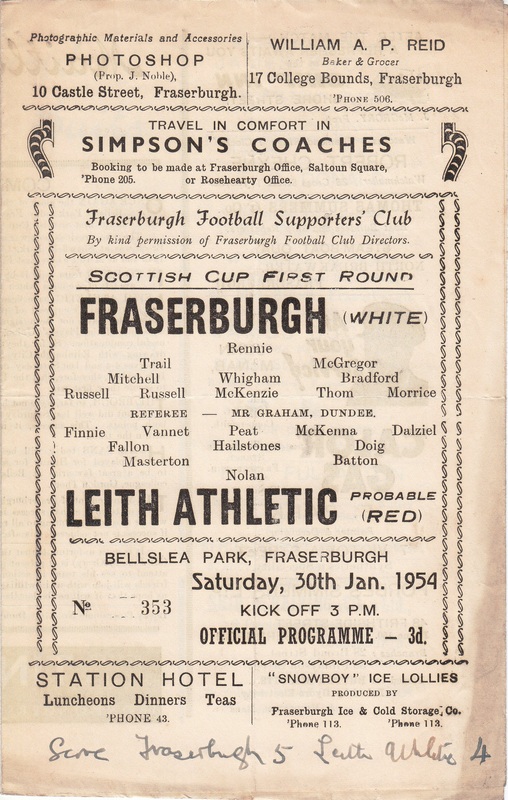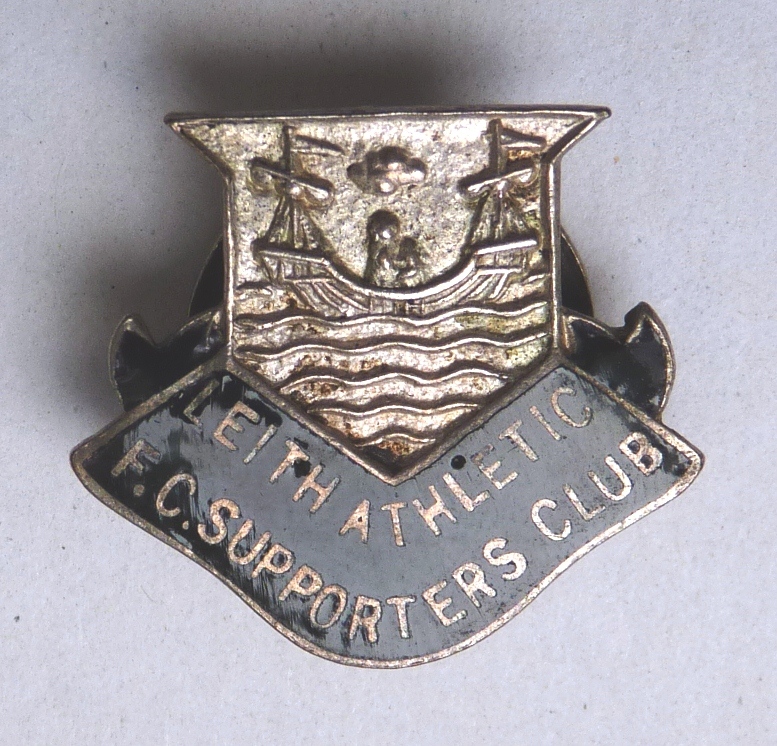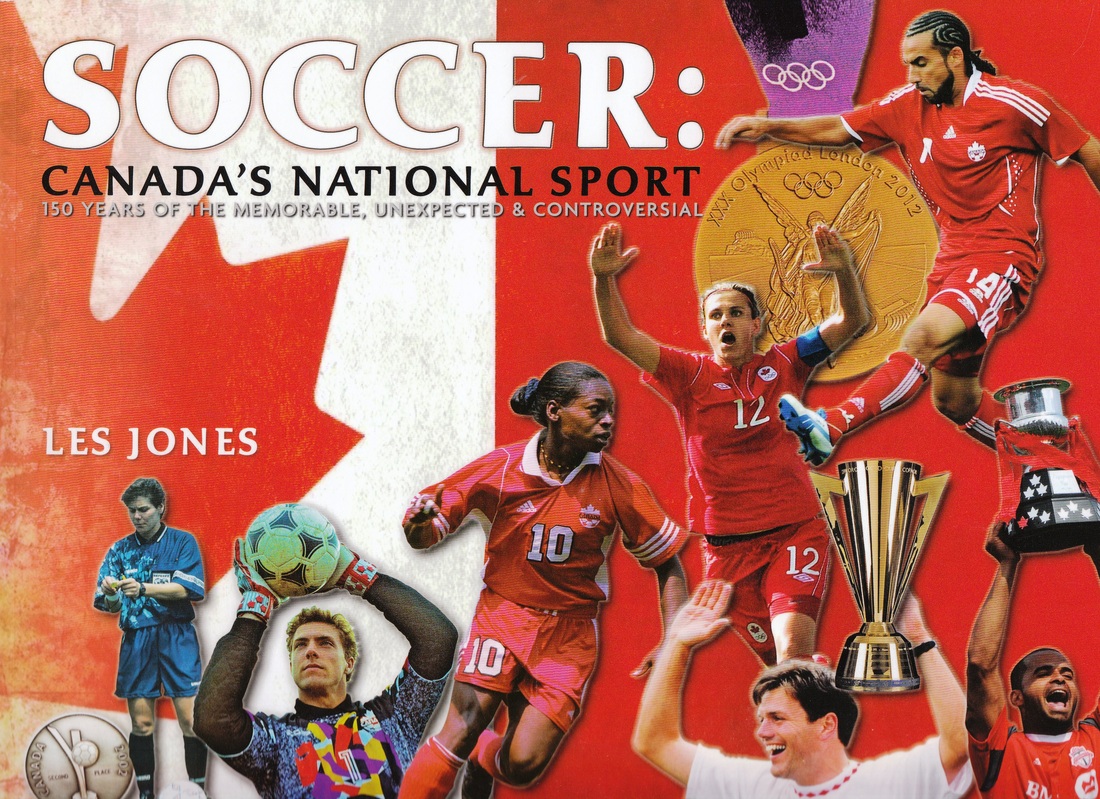The port club had struggled for years in the shadow of Hearts and Hibs, a fate also reserved for St Bernard's, Edinburgh City and latterly Meadowbank Thistle. Post-war reorganisation meant Leith found themselves confined to the wasteland of Scottish League Division C in the 1950s. The club and its supporters needed a better level of competition to bring in crowds to New Meadowbank, and in the face of the Scottish League's refusal to admit them (and other 'wee' teams) to Division B, in the summer of 1953 they took the drastic step of resigning from the League altogether.
However, the club remained in existence and was duly entered into the Scottish Cup for 1953/54, given an away tie at Highland League side Fraserburgh. The skeleton club recruited a mixture of free transfers and half-forgotten players, played a few friendlies to prepare, and headed north for the cup match on 30 January 1954, backed by a busload of supporters. If they could beat this modest opponent, who knows what riches the second round draw might bring?
The match was a cliffhanger: Finnie put Leith ahead after half an hour, Fraserburgh quickly equalised, half time 1-1. Goals flowed in the second half: 2-1, 2-2 (McKenna), 3-2, 3-3 (Dalziel), 4-3, 5-3, and finally 5-4 (Peat) with just a few minutes left. Fraserburgh's fifth goal was hotly disputed by the visitors, the linesman saying the ball had not crossed the line, but the referee overruled him. And so Leith were out, facing a long trip home, and oblivion. Attendance 2,181, gate receipts £189.
Fraserburgh's reward? A home tie against Hearts! Just imagine what that could have done for Leith's finances, to keep the club going until 1955, when the Scottish League did, after all, reorganise. But it was not to be: the club had no means of starting up again and was formally wound up the following year.
A new Leith Athletic now plays in the East of Scotland League, but it is not a direct relation to the old team. I know a fellow football historian is currently writing and researching the history of the original club, and I look forward to reading the full story.



 RSS Feed
RSS Feed